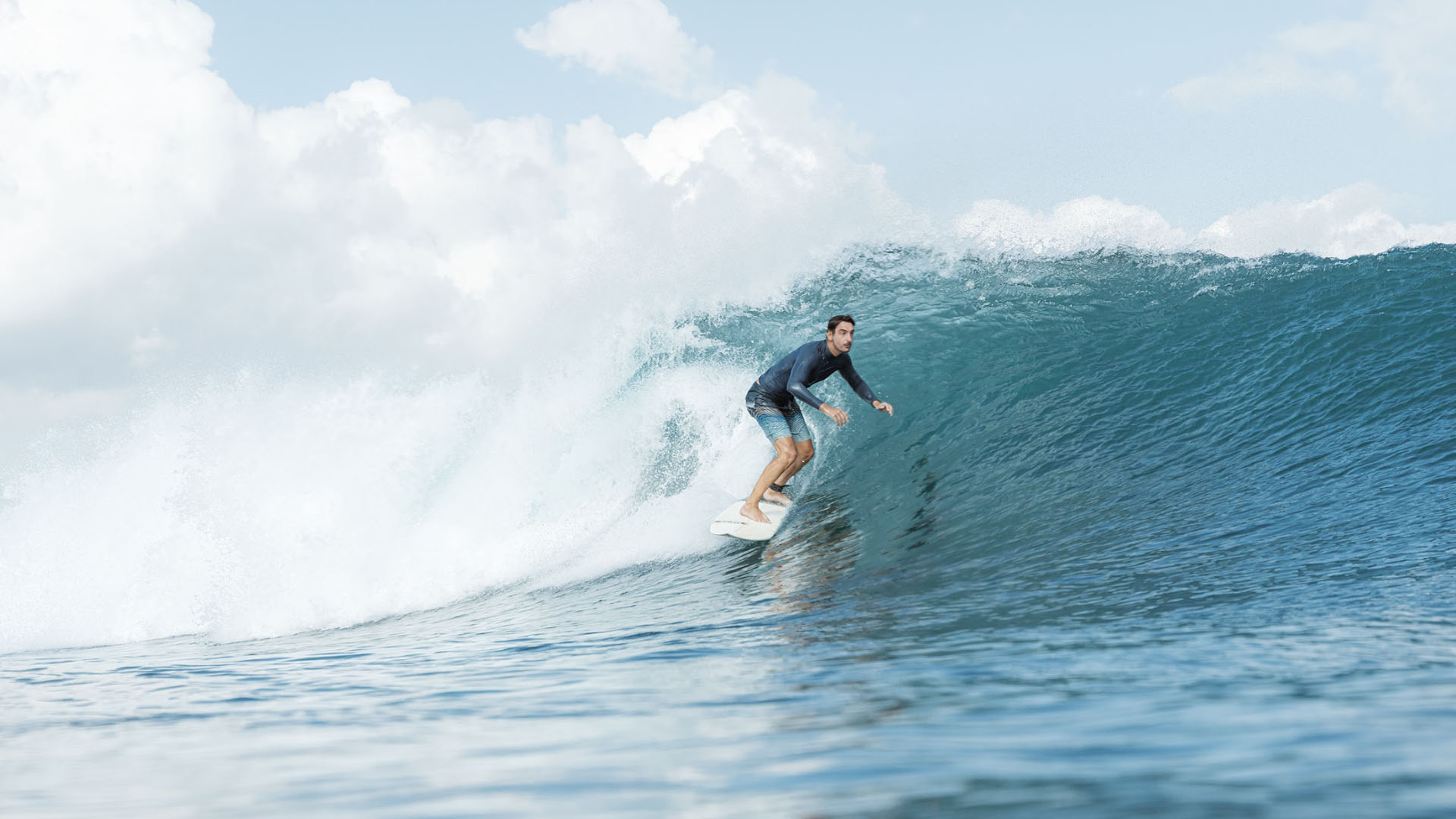
Home » Surfing Skill Levels Explained: From L1 to L4
Surfing Skill Levels Explained: From L1 to L4
Whether you’re just starting your surfing journey or working your way toward advanced techniques, understanding the different skill levels can be a great way to measure your progress and set goals. Here’s a breakdown of Surfing Skill Levels from L1 (beginner) to L4 (advanced), along with the key differences at each stage.
Table of Contents
Level 1: The Beginner Surfer
What Defines a Level 1 Surfer? L1 surfers are brand new to surfing and still learning the fundamentals. At this stage, the primary focus is on building basic skills, confidence, and safety awareness in the water. Here’s what you can expect as an L1 surfer:
Board Control: L1 surfers are learning how to handle the surfboard both on the beach and in the water. This includes basic paddling, sitting on the board, and balancing.
Getting Up on the Board: The pop-up, or getting up from a paddling position to a standing position, is one of the biggest milestones at this level. Most beginners will practice this technique on smaller, more stable waves, often with a longboard.
Riding Whitewater Waves: L1 surfers typically stay in the whitewater (broken waves) rather than the unbroken waves further out. Riding the whitewater allows them to practice balance and standing up without the added challenge of navigating unbroken waves.
Basic Safety Awareness: Learning to wipe out safely, navigate other surfers, and follow basic surf etiquette is crucial at this stage.
Key Goals for L1 Surfers:
- Master the pop-up and basic balance on the board.
- Gain confidence in the water and practice basic wave-catching skills.
- Build stamina and paddle strength.
Level 2: The Novice Surfer
What Defines a Level 2 Surfer? At L2, surfers are starting to paddle out beyond the whitewater and attempting to catch unbroken waves. This level focuses on building consistency with fundamental skills and getting comfortable in slightly larger surf conditions.
Wave Selection: L2 surfers are learning to read waves and select ones suitable for their skill level. They’ll often focus on catching smaller, gentler waves to build confidence and control.
Improving Pop-Up and Balance: At this stage, the pop-up should be more fluid, and surfers are developing better balance to stay up and ride for longer distances.
Turning the Board: L2 surfers start practicing small turns, typically shifting weight slightly to control direction along the wave face.
Basic Positioning: Understanding where to sit in the lineup and how to paddle for waves is a focus here, as positioning can make or break a surfer’s ability to catch waves.
Key Goals for L2 Surfers:
- Consistently stand up and ride unbroken waves.
- Begin learning how to turn and trim the board along the wave face.
- Improve wave-reading skills and positioning in the lineup.
Level 3: The Intermediate Surfer
What Defines a Level 3 Surfer? L3 surfers have moved beyond the basics and are developing a strong foundation in wave knowledge, positioning, and maneuvering. They’re comfortable in a range of conditions, and their style is beginning to look more fluid and consistent.
Wave Selection and Positioning: L3 surfers can identify good waves to catch and understand where to position themselves in the lineup. They have a better sense of timing and can catch waves with greater accuracy.
Controlled Turns and Maneuvers: At this level, surfers can perform basic maneuvers, like bottom turns and top turns, with more fluidity. They are working on linking these turns and using the wave’s face for more dynamic rides.
Confidence in Moderate Conditions: L3 surfers are comfortable surfing waves that are shoulder-high or head-high, and they can handle minor challenges like currents or slight wind conditions.
Understanding of Wave Dynamics: They understand how waves break and can adapt their surfing style to ride different wave shapes and sizes, adjusting their body position to maintain speed and control.
Key Goals for L3 Surfers:
- Master the ability to ride along the wave face with fluid turns.
- Build confidence in a range of surf conditions and adapt to wave changes.
- Work on consistent style, positioning, and linking basic maneuvers.
Level 4: The Advanced Surfer
What Defines a Level 4 Surfer? L4 surfers are highly skilled, with a strong sense of style, control, and adaptability. They’re comfortable in a wide variety of conditions and can handle bigger, more challenging waves. This level emphasizes creativity, precision, and an advanced understanding of wave dynamics.
Expert Wave Selection and Positioning: L4 surfers can read waves almost instinctively, positioning themselves precisely to catch the best part of each wave. They can anticipate and adapt to different wave behaviors with ease.
Powerful and Dynamic Maneuvers: L4 surfers can consistently perform advanced maneuvers, such as cutbacks, floaters, and even aerials. They link maneuvers seamlessly and use the entire wave face to create speed and flow.
Adaptability to Challenging Conditions: L4 surfers are comfortable in head-high to overhead waves, rougher currents, and more powerful surf breaks. They can handle challenging conditions and adjust their style to match the wave’s requirements.
Critical Section Riding: L4 surfers don’t shy away from the steeper, critical parts of the wave. They have the control and confidence to surf in these sections, which allows for more dynamic and high-performance moves.
Key Goals for L4 Surfers:
- Master linking multiple maneuvers smoothly and with style.
- Adapt seamlessly to changing wave conditions and surf with flow.
- Refine individual style and focus on pushing limits in challenging surf.
Summary: Key Differences Between Each Level
L1 vs. L2: The transition from beginner to novice means moving from whitewater waves to unbroken waves, working on consistency with the pop-up, and improving basic positioning and wave-reading skills.
L2 vs. L3: L3 surfers build on these basics by gaining better control, learning to turn fluidly, and catching waves more reliably. They begin to work on linking maneuvers and navigating moderate surf conditions with confidence.
L3 vs. L4: The leap from intermediate to advanced involves refining style, linking multiple advanced maneuvers, and handling more challenging waves. L4 surfers are more adaptive, navigating critical wave sections with creativity, power, and precision.
Understanding your level and the skills needed to progress can be incredibly motivating and help you set realistic goals in your surfing journey. Wherever you are on this path, remember that surfing is as much about enjoying the ride as it is about improving your skills. Happy surfing!



